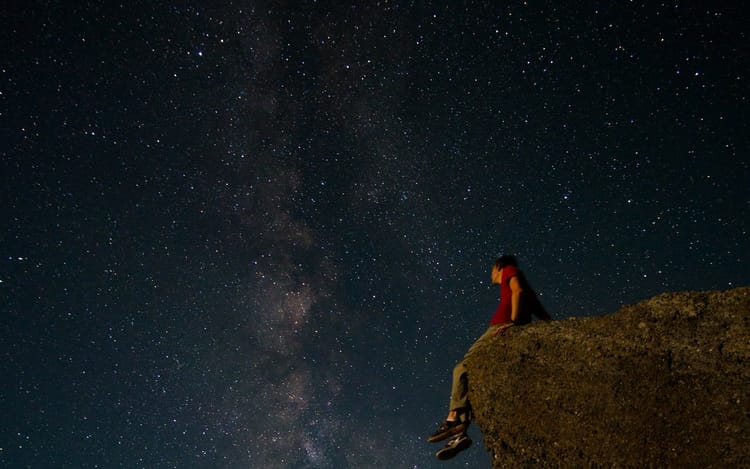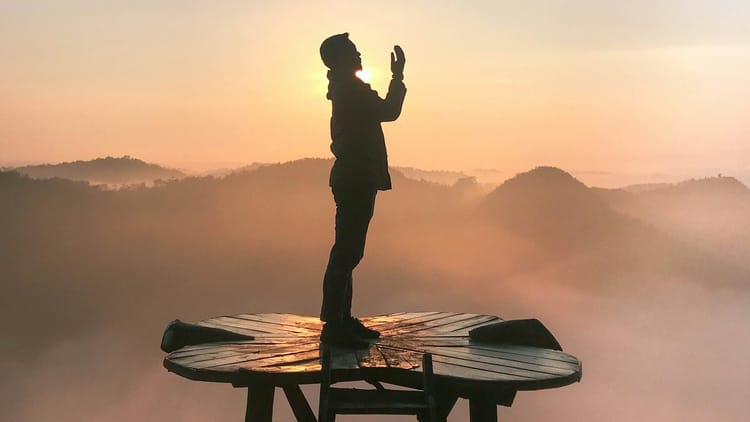23. The Power of Mudras: How Hand Gestures Deepen Your Meditation Practice

A question I’m often asked is how I learned to meditate and how long I’ve been practising. The short answer is: I was introduced to meditation as a child. Growing up in a Sikh community, the practice of meditation was woven into everyday life. It was reflected in the artwork adorning our walls, in the stories of revered gurus and sages, and in the practices encouraged at the Sikh temple, the gurdwara.
For me, meditation became a sanctuary—a place to escape the intensity of life. Since the age of nine, it’s been a lifelong practice. What I share with you now comes partly from self-study and partly from the study of the self.
What Is a Mudra?
A mudra is a specific hand gesture used in meditation to channel energy in a deliberate way. Take the Gyan Mudra, for example—gyan meaning knowledge, and mudra meaning gesture or seal. In this practice, you press the index finger and thumb together, which is believed to enhance memory, concentration, and focus.
Other well-known mudras include:
- Namaskar Mudra: Similar to a prayer position, with the palms pressed together. It symbolises balance and a connection between the divine and the self—creator and creation united.
- Dhyana Mudra: One hand rests gently atop the other, palms facing upwards, often with thumbs lightly touching. This mudra encourages inner stillness and harmony, supporting deeper states of meditation.
Why Are Mudras Important?
Our hands are powerful channels of energy. Consider an artist or skilled craftsman whose hands bring forth works of beauty, as if guided by something greater. Think, too, of the healing power of a hug or the spark of a loving touch.
When you begin to understand this, you also begin to appreciate the significance of mudras. They direct, hold, and shape the energy flowing through us—much like redirecting the flow of a river or bending light through a lens.
How to Use a Mudra in Meditation
Used with awareness, mudras become a potent tool. As with all meditation practices, intuition and self-awareness are key. The best advice I can offer is to visualise the nerves in your hands and fingertips as strings on a violin. As you press down, imagine stimulating a frequency—subtle vibrations that ripple into the ether.
Try it yourself. During your next meditation, pay attention to how energy shifts as you change the position of your fingers and palms. What music do you hear? What frequencies do you create? What kind of energy will you manifest?
This week, we explored how to seal in energy through the use of mudras. In the next lesson, we’ll dive into the power of closing your eyes—and what it means to lock in to your meditation.
Have questions? Sign in and start the conversation. Your feedback and contributions to this community are greatly appreciated.
Can't wait for your next lesson? Get a head start with these meditation resources: Order Books | Free Online Courses | Guided Meditations | Insight Timer | TikTok | Instagram | Facebook | YouTube | Work with Me! | Get in touch: tal@meditationbytalwinder.com
Please note: Esoteric concepts are not meant to be taken literally or as absolute truths. However, they can provide valuable perspectives and context, helping our limited human minds grasp complex ideas.





Member discussion